Pain Music (part one)
How Drill - the sound of Chicago's streets - rewrote the rules of the music business
Hip-hop music has long exposed African-American experiences of poverty, mass incarceration and violence in song. Across 2011-2012, Chicago’s version of these songs came to be known collectively as ‘drill’. It was the mobilising anthem of young artists harnessing technologies in a new digital era to tell their stories at all costs.
Drill soon cross-pollinated to cities around the world via shared videos on the internet. It caught fire amongst the young, poor and demonised; digital natives connected by a common consciousness. It forced audiences and governments to sit-up, pay attention and even legislate. And it rebooted how the music industry works. Now it’s one of the leading sounds of global youth culture.
In the summer of 2019, after a few of years writing about UK drill music in London, I flew to Chicago for Tortoise to report on its origins in the Windy City. I spent 10 days tumbling down a rabbit hole that took me from pristine university offices to shadowy recording studios, barbecue cookouts to community centres, coffee shops to violence reduction organisations.
Then I spent a year writing and editing a 6000-word story. It was published in August 2020, at the height of Covid mania and depths of lockdown.
Since then it’s remained behind a paywall.
Until now…
On 14th September 2012, an 18-year-old rapper known as Lil Jo Jo was shot dead in his South Side neighbourhood of Englewood. His murder marked a watershed moment in the evolution of gang politics and contemporary music. For some months, drill rap had been bubbling away in the city’s most downtrodden, violent nooks. Using his musical voice, Jo Jo helped to instigate a civil war, then got caught in the crossfire.
He was navigating a treacherous Catch-22. A music career has long been a route out of poverty for African-American young men in America. But to succeed in the early drill ecosystem, artists had to take unprecedented risks. Jo Jo needed to provoke his rivals in a song, expressed via a bold video uploaded onto YouTube. On one hand, he would attract fans and elevate towards fame and riches. On the other, he would play with fire.
“The opps were blowing up off rap,” explains Jo Jo’s older brother Swagg Dinero, or John Coleman Junior. The ‘opps’, his enemies, included a 16-year-old rapper making music under the name of Chief Keef. Keef lived in a housing project called Parkway Gardens, or ‘O-Block’. His crew ‘300’ had become the top-rank drill outfit. His music was the first of its kind to reach beyond the city walls. He’d gained an international following. Others followed his lead.
“That shit looked easy. So we was all like, damn, if his shit blowing up, we might actually become rappers, too! It was motivation for us. Of course, do we understand marketing, and do we understand motherfucking controversy? Yeah, we understand that! So it was like, are we gonna support the n*****? Hell nah! We on the other side. So really, it wasn’t a hating thing. There was method to the madness,” Dinero clarifies.
Drill music had arrived as a vehicle of social mobility for young people on the South Side. To catch a ride, rappers had to be online influencers with the know-how to go viral, balancing a strategic game theory with a fearless embrace of chaos.
“It’s disrespectful. That’s the one unique quality drill has,” says Seuss Leroy, one of the most influential drill videographers in Chicago. “Jo Jo was calling out a whole gang, then he got killed. A lot of people have died for this. The reality is that you couldn’t blow up in the scene if you weren’t disrespectful. You had to be disrespectful to get your name out there. You still have to be. To make it out of the hood, you have to risk your life.”
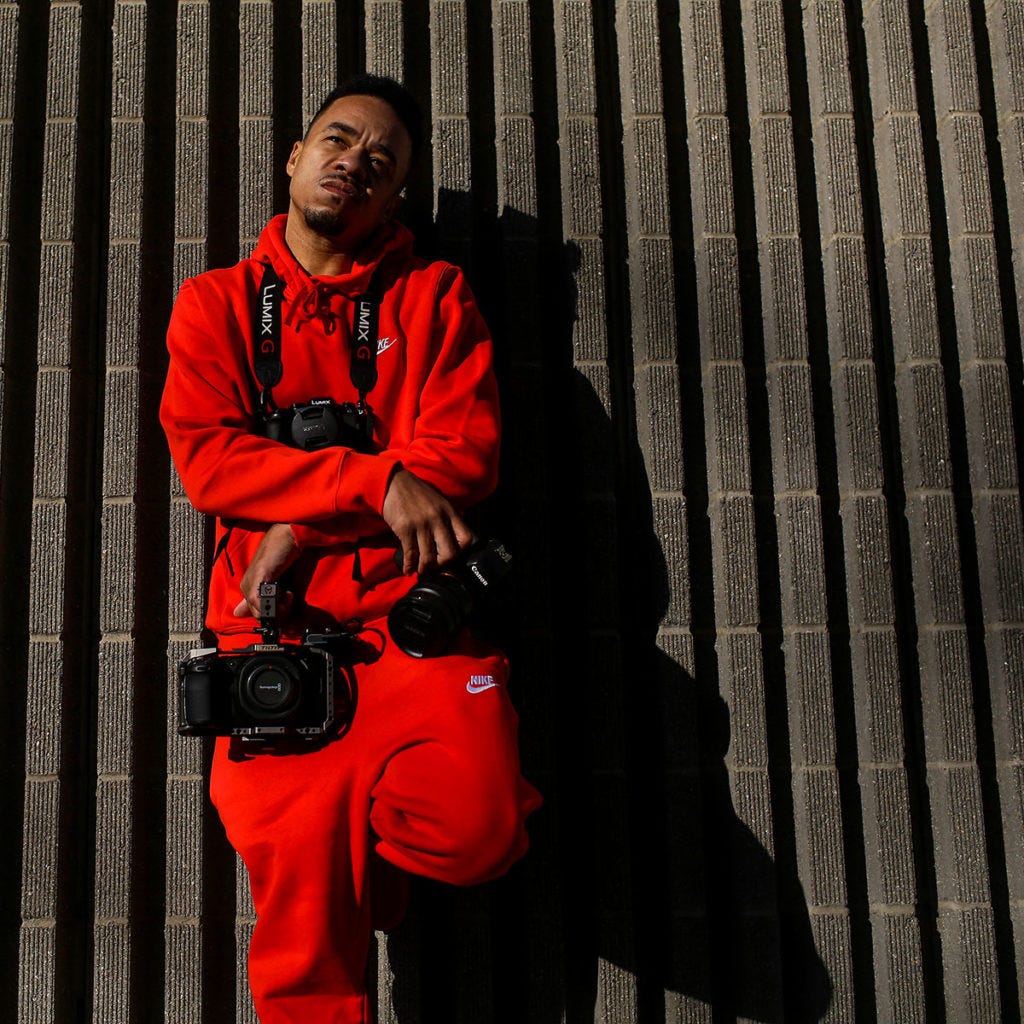
Englewood is one of the poorest neighbourhoods in Chicago. It is amongst the most neglected, segregated and demonised urban areas in the United States. Unkempt pavements are lined by as many empty lots and boarded-up homes as inhabited ones. Public infrastructure has been dismembered and commerce drained.
Reporting for The Atlantic in his 2014 seminal essay, ‘The Case for Reparations’, referring to Chicago, Ta-Nehisi Coates wrote: “it can be said that Blacks and whites do not inhabit the same city.” He quoted Harvard sociologist Robert J. Sampson: “Chicago’s impoverished Black neighborhoods—characterized by high unemployment and households headed by single parents—are not simply poor; they are “ecologically distinct.”” Englewood is one such neighbourhood.
Across the 1950s and 1960s, African-Americans arriving in Chicago from the American South were prevented from purchasing properties in white neighbourhoods. Racist segregation was a formal part of urban planning. “Redlining” denied mortgage loans to Black people. “Block-busting” scared whites into selling their properties at knockdown prices by convincing them that Blacks were moving in. When whites flew to other areas, Black people were sold overpriced properties under exploitative contracts by preying real estate agents.
“Millions of dollars were taken every day from the Black community for decades. The most ugly violence in Chicago has been driven by the phenomenon of people seeking a home,” says Jamie Kalven, founder of the Invisible Institute, a civic journalism organisation on Chicago’s South Side.
“Because Chicago was the major site of migration from the South, it is so close to slavery. I know people who lived in public housing here who arrived after being driven off the land of sharecroppers by the KKK. At first, Black people could come and get a job easily. They arrived in the centre of the city. But then they gradually moved south, area by area, as segregation was enforced. This is the context for everything that has happened since,” he continues.
Between 1950 and 2013, Englewood and West Englewood lost 67% and 44% of their populations, respectively. Those who could leave, left. In 2017, attempting to halt the exodus, former Mayor Rahm Emmanuel authorised the selling of thousands of vacant properties for $1-a-piece. It didn’t work. Deprivation and violence plagues the lives of many who remain.
“Growing up on the South Side was dangerous, treacherous,” says drill rapper Tay600. “You are living in a war. You wake up to the smell of gun smoke every day. You go from one day being a normal kid playing in the park to carrying bangers and getting shot at. Yesterday you might not have worried about getting killed. Then suddenly you’re worried about getting killed every five minutes.”
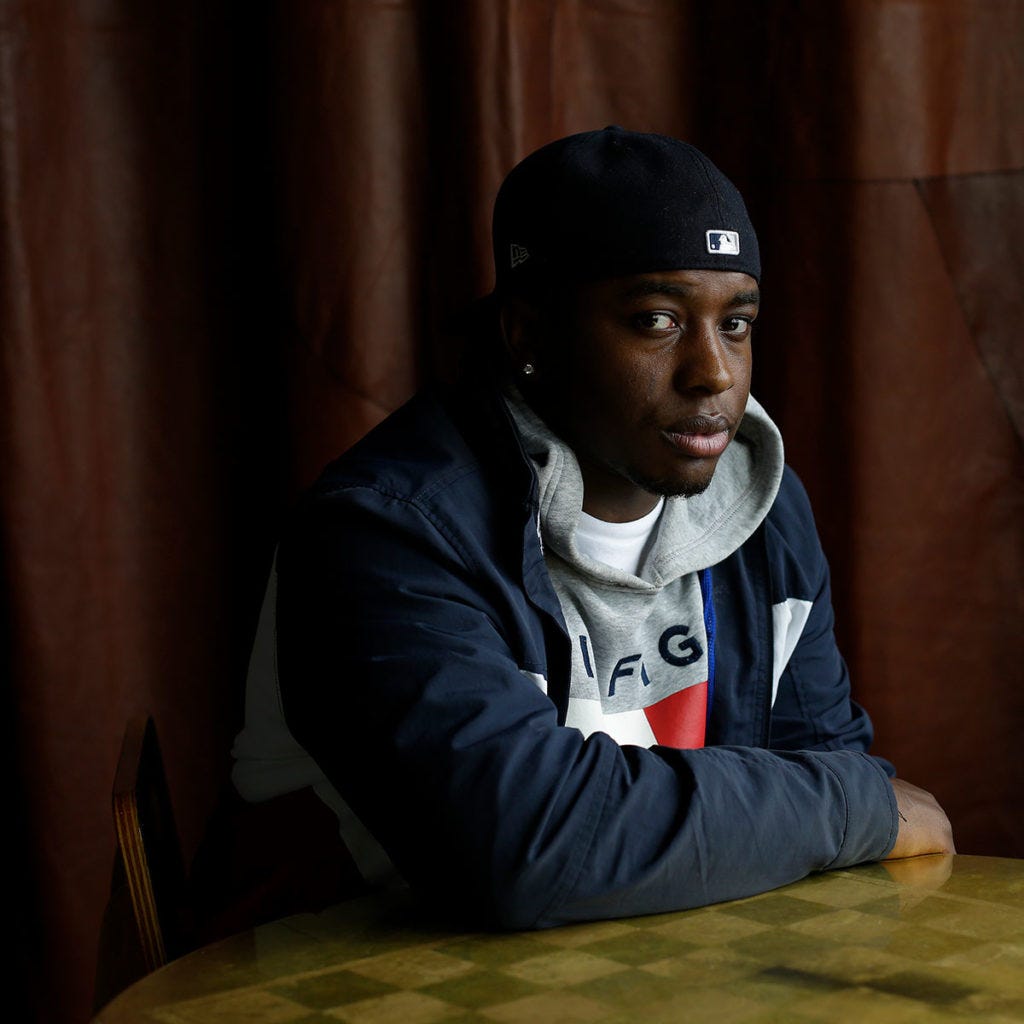
The Gangster Disciples and Black Disciples, or GDs and BDs, are two of Chicago’s most infamous gangs. They formed in the 1960s as African-American citizens self-organised to protect themselves. Their members existed under the ‘Folk Nation’, an alliance brought together in 1978 by the chairman of the GDs, Larry Hoover. They were rivalled by the ‘People Nation’. For decades, Chicago’s streets were split into these two supercamps.
“In the 1980s, gangs were ‘corporate’. Their leaders called themselves ‘chairman’ or ‘CEO’,” says Professor Andrew Papachristos, a sociologist at Northwestern University. By the turn of the millennium, however, “the corporate system wasn’t benefiting people any more. Their organisational structures were worn down.”
Towards the end of the 1990s, several gang leaders were sent to prison, leaving a power vacuum at the top of the underworld. The drug game of the 2000s, formerly bolstered by the rise of crack cocaine, became less secure for young men trying to climb its precarious ladder. The biggest housing projects, such as the Robert Taylor Homes and Cabrini-Green, were razed to the ground. Later, over fifty of the city’s public schools, mostly in Black and Latino neighbourhoods, were shut down, scattering students from warring territories across the city. Papachristos argues that these form a mesh of reasons for why the secure gang identities of the past have lost their significance.
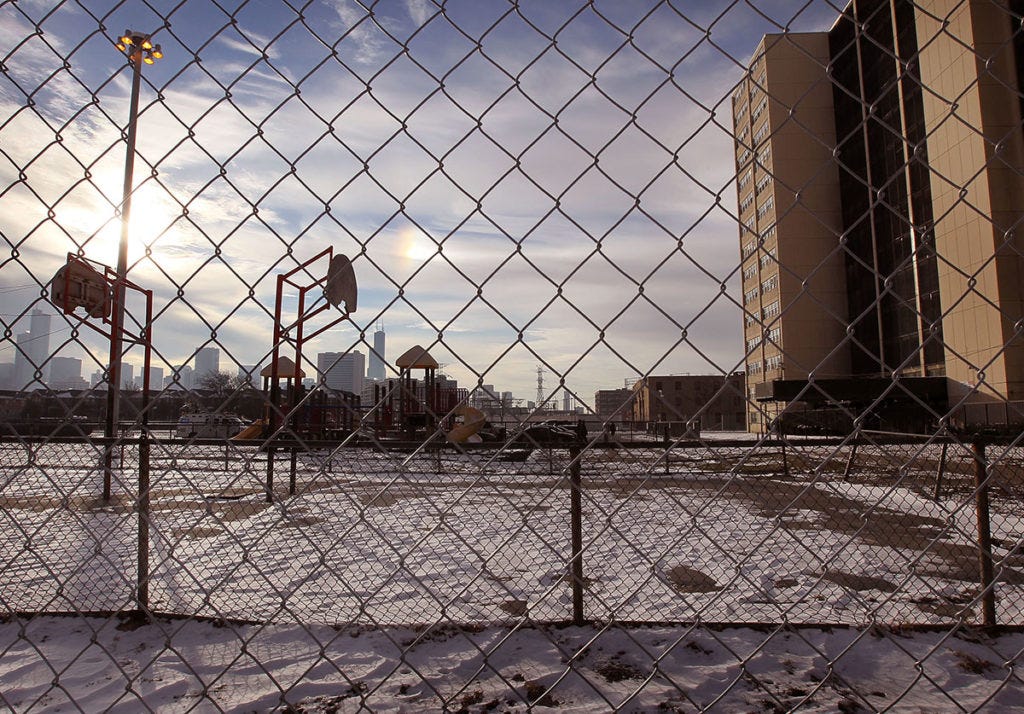
Meanwhile, young people on the South Side found new ways to self-identify, communicate and gain influence on the internet. Gang territories became fragmented, shrinking to the size of blocks. They converted into volatile online feuds, and splintered into hundreds of warring sets. Everything became hyperlocal—not least the music being made. The GDs and BDs alliance frayed.
“We’re really not supposed to be into it with each other. GDs and BDs on the same team!” Swagg Dinero explains. “In my dad’s time, if you not Folks, we don’t fuck with you. The Folks supposed to all be on the same team. But now it’s not not even like that, man. That structure has completely gone.”
In 2012, Swagg Dinero and Lil Jo Jo represented ‘Bricksquad 069’, a GD set from 69th Street, roughly 2km from Chief Keef and 300’s, based at O-Block, a BD set.
Events which would lead to Jo Jo’s death were catalysed after the brothers were listening to the car radio. “L’s Anthem” came on—a song by Lil Durk, an associate of 300, now one of the most successful rappers in America. “Bricksquad, I say fuck ‘em,” went Durk’s provocation. Jo Jo insisted on hitting back in a song.
“I wasn’t advising him not to make the song, because I was like: “I’m with whatever you with, lil bro.” But I did try to get him to think ahead a bit. I knew at some point, someone was gonna catch feelings,” Dinero recalls.
Jo Jo went to the studio and recorded “BDK (3HUNNAK)”. The first half of the title stood for ‘Black Disciple Killer’. The bracketed second half meant ‘300 Killer’. “These n*****s claim 300, but we BDK!” clapped the chorus.
Jo Jo was firing a double-barrel: one at an historic enemy gang, represented by thousands of members; the other at the most popular drill rappers. It was the first time the letter “K”, an offensive colloquialism, was placed in a song title—let alone twice. In one verse Jo Jo responded to Lil Durk: “Durk say, “Fuck Bricksquad,” so I can’t wait to catch him.” In preemptive damage control he also rapped: “This ain’t a diss song, this is just a message.”
In early drill fanship, music releases were followed by Chicago high school students sharing gossip, tracks and memes online. But in 2012 rap enthusiasts across the globe began to track Bricksquad, STL, 300 and others on YouTube. Quite suddenly, faraway onlookers had access to the soundtracked warfare of America’s most infamous city. Through drill, playful goading as well as bloody disputes became a spectator sport. Its drama played out in video views, likes and comments, and spats on Twitter and Facebook—as well as violence on the street corner.
“It was like the NBA, all basketball teams got their star. Bricksquad was already poppin’ in the streets. So the fans was like: Oh, you rapping now, too? We actually gonna listen to your music, because we’re fans of your team. And we know who the star of your team is!” explains Dinero. Bricksquad’s star was Lil Jo Jo.
‘BDK (3HUNNAK)’ went viral, gaining hundreds of thousands of views on YouTube. Jo Jo became a wanted man—for good and for bad.
Days before a mass teachers’ strike delayed the start of the academic year, on 4th September 2012, Lil Jo Jo tweeted a selfie video whilst being driven past O-Block. The 34-second clip shows him shouting profanities from an open window at 300 rapper Lil Reese. “Jo Jo, I’ma kill you!” Reese yelled back from the curbside. That afternoon saw a flurry of back-and-forth taunts on social media. “lmao im on 069 Stop The Fuckin flexin” tweeted Jo Jo when he’d returned to his block, drawing out his opps to step up and try their luck.
Within hours he was dead, murdered in a drive-by shooting. Like most cases in Chicago, especially for African-American victims, the murder remains unsolved.
That evening, Chief Keef’s Twitter account mocked Coleman’s passing. “Hahahahahhahahahahahahahaahh AAHAHAHAHA #RichN****Shit” he tweeted first. “Its Sad Cuz Dat N**** Jojo Wanted To Be Jus Like Us #LMAO” came next. He later claimed his account was hacked and denied any involvement in the killing.
“The city divided,” recalls Dinero. “People were like: I’m BDK! I’m GDK! It still happens to this day.” #BDK and #GDK (‘Gangster Disciple Killers’) became trending hashtags on Twitter. Mourners at Jo Jo’s funeral danced and sang to the chorus of his anthem in the street.
Bricksquad 069 took on a new moniker: ‘Jo Jo World’. This relabelling happens when a gang loses one of its members (the same ritual is now used by mourning crews of young men in London).
“They thought they had to get this n***** out the way,” says Dinero, his voice ringing with lasting pride. “Jo Jo was a threat to their career and their life. His music was gonna be better than theirs. And the boy was dangerous, man.”
Between 2011 and 2012, Chicago drill music was busy redrawing the power map of American hip-hop. Atlanta, in the south—home to icons like OutKast, T.I. and Gucci Mane, and the term given to modern rap’s all-pervading aesthetic, “trap”—lost its capital status.
“It was teenagers from Chicago, real killers, turning the camera on,” says preeminent drill producer, DJ L.
The sound of drill is characterised by heavy basslines, tinny drums, haunting melodies and boastful, hypermasculine lyrics. Prior to 2011, local teenagers had been watching rappers like King Louie and Pac-Man release music onto YouTube. The word “drill”—to do a drill is to go out to attack opps with guns—coalesced around the binding menace of their style, giving it a punchy brand name.
“We didn’t set out to make a subgenre of music,” says Doe, King Louie’s manager. “Before then you would try to make hit records. You wouldn’t waste your time trying to be street. But this is what made people love it: drill wasn’t polished, there was no make-up artist at the video shoot, there was no permits. It was the rawness of Chicago.”
DJ L became known for forging instrumentals with clackety snare drum loops, like a machine gun firing in slow motion. His style reflects the influence of juke and footwork—two fast-paced dance music genres that arose in Chicago’s Black communities in the 1990s. More importantly, it also channels the rumble of church marching bands.
In the mid-20th century, hundreds of thousands of African-American families arrived in Chicago from Mississippi. Many Chicagoans still see Mississippi as their spiritual home. The city’s big churches and their marching bands have since allowed Black citizens to connect to their southern roots: “I always played the marching drums at church. That’s why my beats are so percussion heavy. The snare drum is the way I understand music.” Through DJ L’s drum patterns, this deep lineage lives on.
And they travel: L’s drums have since been repurposed to form the blueprint of the UK drill scene in London, a faster-paced, increasingly commercialised sound now being emulated in cities across the planet.
“Drill was Chicago saying: we are not fucking playing! We got the grittiest rappers,” chuckles DJ L.
To be continued in next week’s newsletter.
By Ciaran Thapar
The original version of this article was originally published by Tortoise in 2020. It has been lightly edited for republication in ALL CITY.

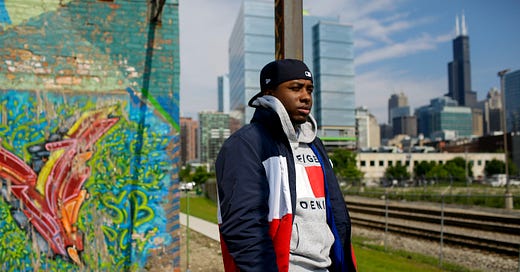


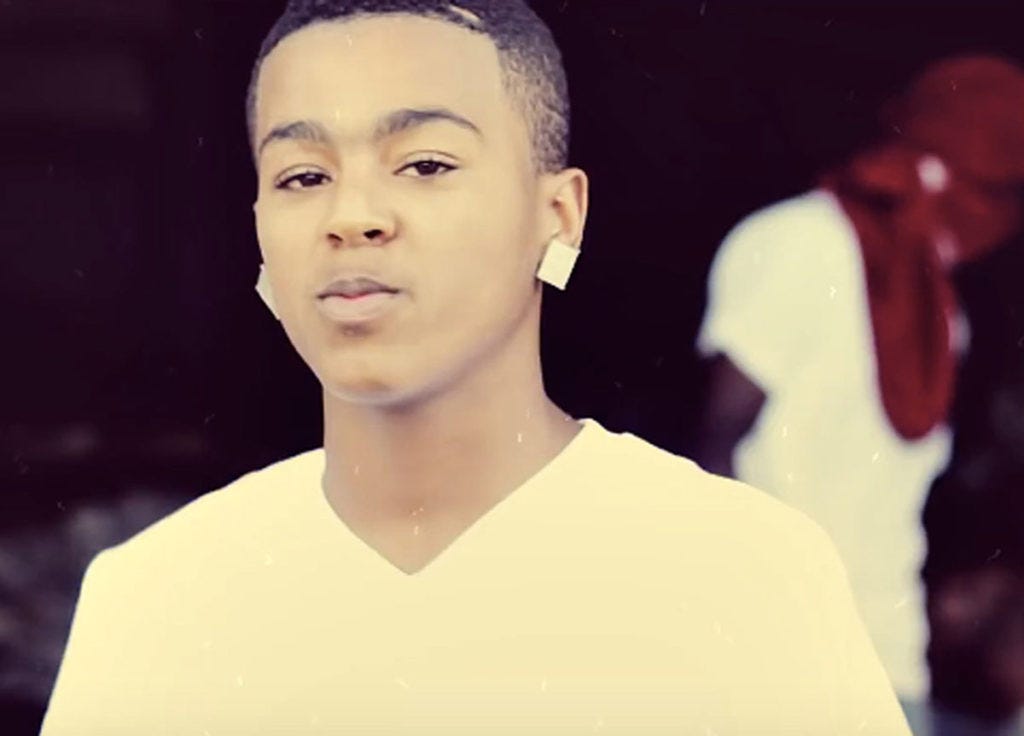

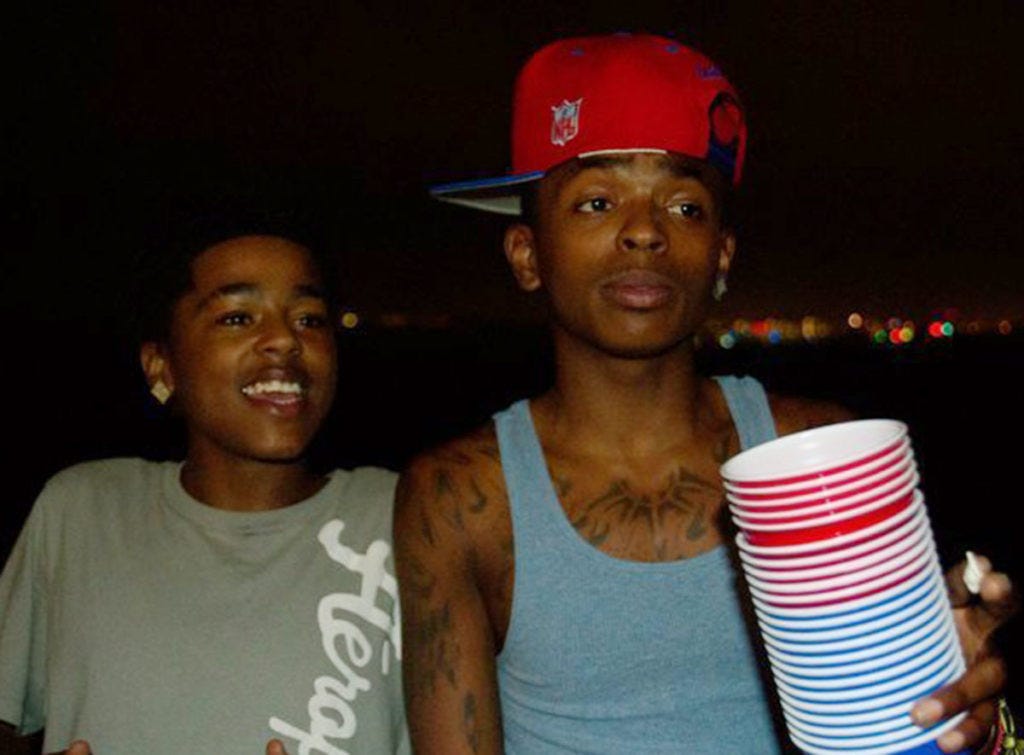
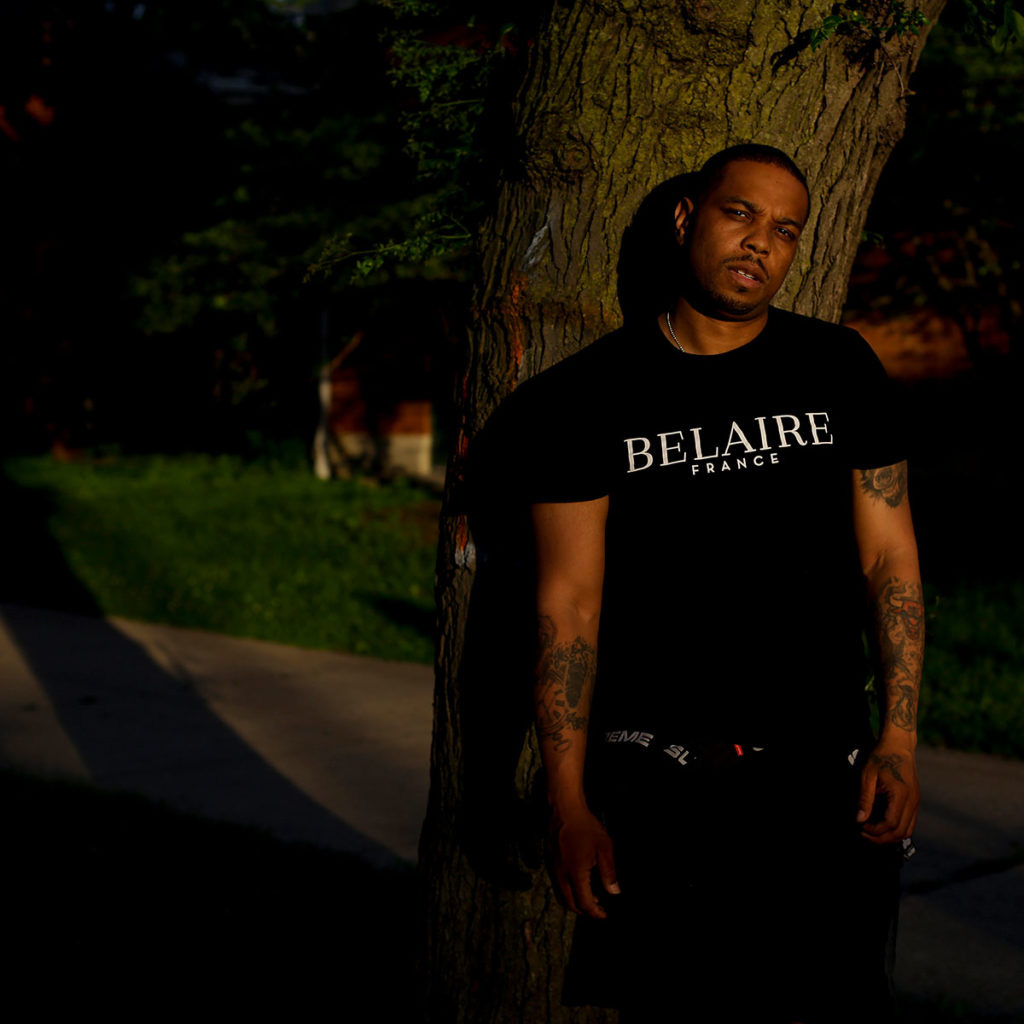
Nice to see your writing in the Guardian today!
Thank you for for sharing, Ciaran!
I’m from the south and love trap music, but last year a friends little cousin was playing drill music. And remember asking what’s that and they said “music about killing people”.
I was a bit taken aback but really didn’t give further thought. This really brings a lot of clarity to what they said and whoa, I’m intrigued.
Music is such a deep thing. How you called it “pain music” seems very on par. I listened to chief keef back in the day and clearly had no clue what was really being said.